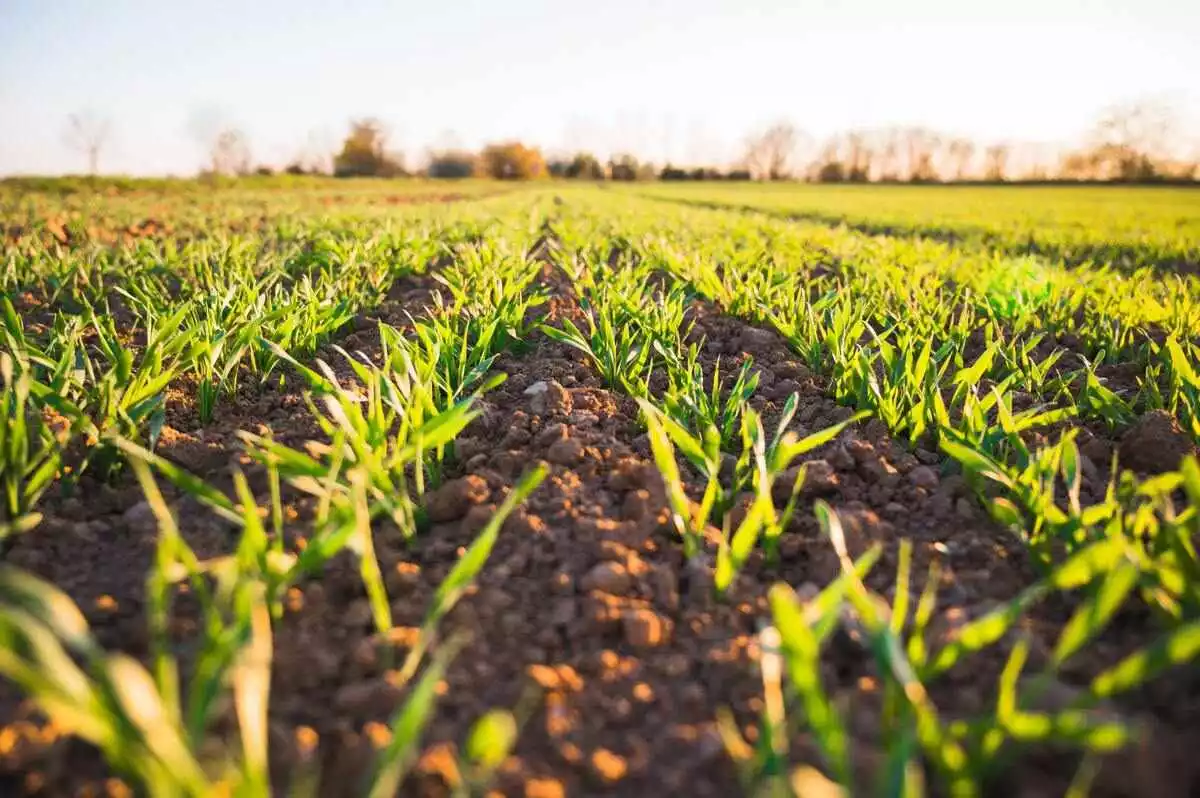Pyranometers in Agriculture: Improving Crop Yield and Quality
What is a Pyranometer?
A pyranometer is a device that measures the total amount of solar radiation received on a horizontal surface. It consists of a flat sensor that is mounted horizontally, and it measures the amount of radiation in watts per square meter. Pyranometers are used in various applications, including meteorology, climate research, and solar energy.

Pyranometers in Agriculture
Pyranometers are commonly used in agriculture to measure the amount of solar radiation received by crops and at the soil level. The information is essential as it helps farmers determine the amount of energy available for photosynthesis. Photosynthesis is the process by which plants convert sunlight into energy, which facilitates plant health and growth.
Pyranometers are particularly useful in areas where there is insufficient rainfall. In large scale farming, farmers utilize pyranometer data in conjunction with other meteorological sensor data to determine irrigation scheduling which helps farmers conserve water and reduce costs.
Pyranometers also help farmers optimize fertilizer usage. Fertilizer is essential for crop growth, but excessive use can be harmful to plants and the environment. The use of pyranometers can help farmers optimize usage. This not only helps improve crop yield, but also reduces the environmental impact of agriculture.

Using Pyranometers for Crop Monitoring
Pyranometers are sed for crop monitoring. They can help farmers identify problems with crops before they become severe. For example, if a crop is not receiving enough solar radiation, the farmer can take steps to increase the amount of radiation. Similarly, if a crop is receiving too much solar radiation, the farmer can take steps to reduce the amount of radiation. This helps farmers optimize crop growth and improve crop yield and quality.
Pyranometers also help farmers determine the best time to harvest crops. Harvesting at the right time is crucial because it ensures that crops have the right amount of nutrients and at their peak. By using pyranometers, farmers can determine the best time to harvest crops, which helps improve crop quality.

Conclusion
Pyranometers are an excellent tool for improving crop yield and quality. They help farmers determine the amount of solar radiation received by crops, which is essential for photosynthesis. They also help farmers optimize fertilizer use and water consumption, which helps reduce the environmental impact of agriculture. Pyranometers can also help farmers monitor crop growth and identify problems before they become severe. Overall, pyranometers are a valuable technology that can help farmers improve crop yield and quality.
Related Article
Stay up to date with the industry.
